The copyright © symbol
First things first: I’m going to talk about copyright. But not copyright law – or at least I’ll try to avoid it. On this occasion it’s the copyright symbol that interests me more than the whole legal shenanigans; I’m curious about the ‘c in a circle’ thing.
The copyright symbol has been around for a little over a hundred years. The issue of copyright itself is older than that, naturally, but the actual symbol is – as far as I’ve been able to tell – just a shade over a century old. The first explicit mention of it seems to be in a publication called The Writer, from early 1906, by William Henry Hills and Robert Luce, setting out new methods of declaring something as being protected by copyright:
The notice of copyright is simplified. It must include the name of the copyright proprietor and the word ‘copyright’ or the abbreviation ‘copy.,’ or, in the case of works of art, or certain other works not ordinary books or periodicals, merely the letter C within a circle.

So there it is: possibly the first official description of the circle symbol we know so well. (And before you ask, no, copyright was never claimed by anyone in the symbol itself.) It was the result of a compromise between publishers, who quite predictably wanted to use a full-blown copyright notice to avoid any possible ambiguity, and artists, who didn’t want any mark at all on their work beyond their name.
Leading up to this were numerous discussions about formalising a simple copyright statement. One possibility that was bandied about was the idea of putting a ‘C’ by the artist’s name, for paintings and other works of art. The obvious problem with that was knowing whether it was someone’s initial or a copyright notice. The final product was more obviously a representative emblem – a much better choice for the task.
The proper symbol has been treated as an official copyright declaration in courts, but the more typewriter and email-friendly construction of parentheses around an ordinary letter c – (c) – doesn’t seem to have the same force. That’s always struck me as a trifle curious. After all, the intent is as clear as with the ‘proper’ symbol. You couldn’t see it and mistake it for a word, could you? For one thing, how would you pronounce it?
But then, this is all more parochial than you might expect. Outside the US, showing the copyright symbol has never been a requirement for something to be protected. The Berne Convention (or the ‘Berne Convention for the Protection of Literary and Artistic Works’, if you insist) is an international agreement that dates back to 1886, long before this symbol was invented. Most countries around the world have accepted the majority of what it sets out, and one of the fundamental points is that copyright is automatic. Formal registration is not needed, and neither is showing any kind of copyright mark. America held back from joining this system for a long time, but it finally signed in 1988. So, since then, the © symbol has been legally redundant.
Nevertheless, most people still see the © as having certain official powers; a declaration that offers extra protection against others using your work. It’s watermarked across the preview images shown by many image libraries, which is more of a practical deterrent as it makes an image useless for final artwork. It’s slapped on the bottom of web pages, designs, plans and loads of other content. Of course, there’s no harm in reminding potential infringers not to reproduce our work without permission. But we don’t actually need the symbol, and we see it so often that we stop actually seeing it. Even when it’s in a typeface like this:
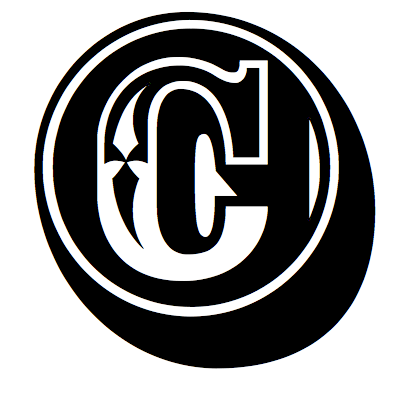
I’ve been steering clear of delving into actual copyright law here, but it’s worth remembering that copyright exists automatically in creative works. They don’t need to be registered and they don’t need to show any symbol. The corollary to that is that copyright has to be specifically relinquished if someone wants to place their work outside this protection. The BBC’s 2011 use of riot photos sourced from tweets put this issue into the spotlight for a short while. On being challenged, its first response was that the pictures had been ‘put into the public domain’ by being posted to Twitter (or rather, a Twitter-friendly photo-hosting service) and so could be used without copyright issues. Other infringers, including the Daily Mail, have used the same excuse, although it always comes from editorial staff – who nonetheless should know better – and not from lawyers. It is, naturally, rubbish. The BBC quickly backtracked. But in doing so it said, in effect, that it would still use others’ images if they were deemed important but the owner couldn’t be reached. I understand the sentiment but that still isn’t quite right. Copyright exists in an image no matter how newsworthy it might be and regardless of how hard it is to reach the creator. Strictly speaking, if there’s no permission granted then that’s all there is to it: it can’t (legally) be used. Trying and failing to trace and contact a copyright holder can mitigate in a claim for damages, but it isn’t a defence. This does raise all sorts of practical issues, but this is something that should be discussed below in comments.
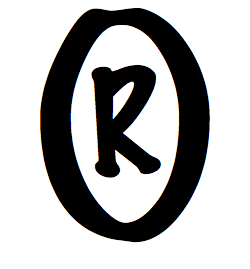

It’s a curious thing that putting a circle around something gives it a measure of authority. This applies to a few other marks, too. There’s the registered trademark symbol, which is the letter R in a circle, and the P in a circle, which is used to indicate rights reserved in a sound recording – you may see it on CD packaging if you ever buy another. One that I haven’t been able to verify from my own experience is the use in Japan of the letter X in a circle as an alternative to the © mark.
If you need to type the copyright symbol it’s simple enough on a Mac unless you’re using a font with a very restricted character set; just type option-G (alt-G). If you want the registered trademark symbol ® – which, unlike ©, has some legal force, and must only be used for trademarks that have actually been registered – that’s option-R. If you need to construct one of these marks yourself, because it isn’t available in your chosen typeface and the brackets trick doesn’t look right, you’ll have to juggle a circle and the letter manually. Take care to match their stroke weights.
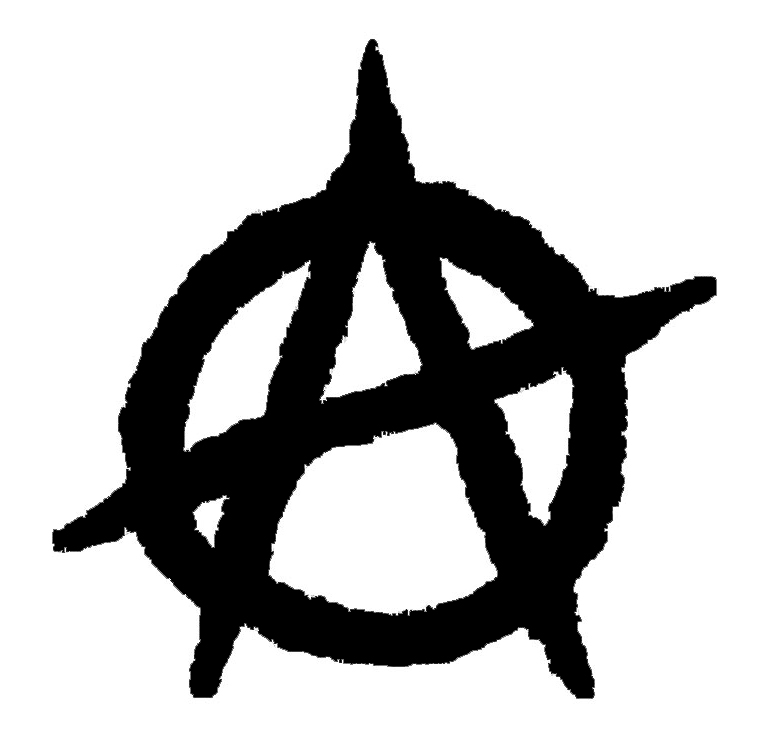
Of course, there’s one symbol that’s constructed very much along the same lines as these but couldn’t properly be said to have been designed to invoke authority. It’s the infamous ‘little A’ or ‘Circle A’, the anarchist symbol of a capital A overlaid with a circle, most often seen on punk jackets and protest banners, and of course spray-painted on walls.

Another mark that aims to subvert the idea of a symbol being used to claim rights is that of ‘copyleft’. This is linked to the open source and free software movements, and the symbol is, logically, a reversed C inside a circle – the mirror image of the copyright mark. It comes from a manifesto of 1965, Gregory Hill’s Principia Discordia, which declared ‘All Rites Reversed’ and allowed free reprinting. Here, the word ‘kopyleft’ and a K in a circle were used as a symbol for Kallisti, itself a symbol for Discordianism. Once again, my digging for the source of something has led in unexpected directions.



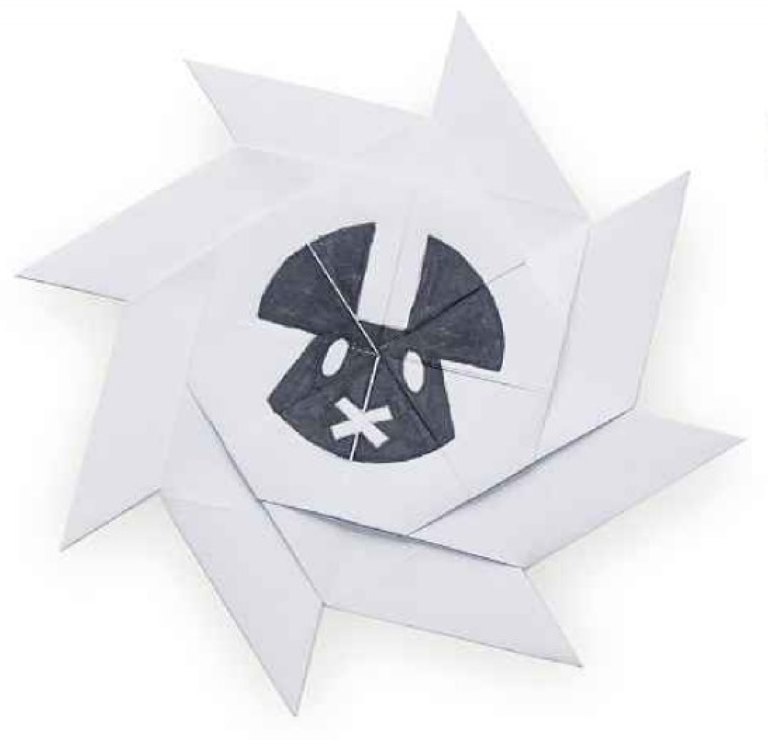
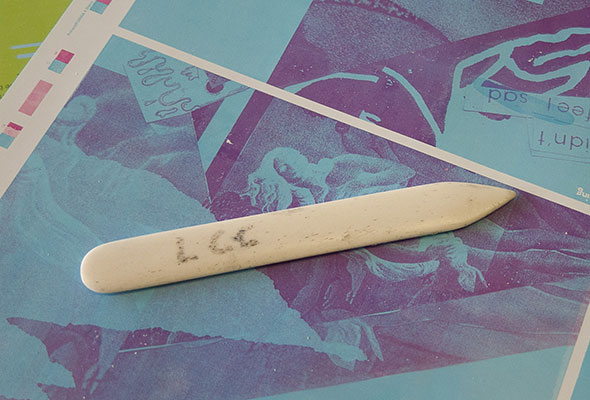

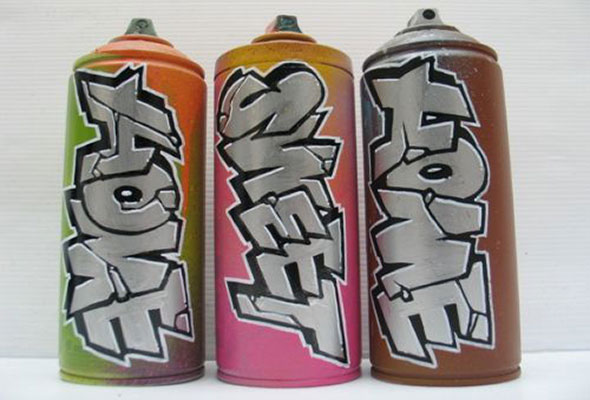

One Comment